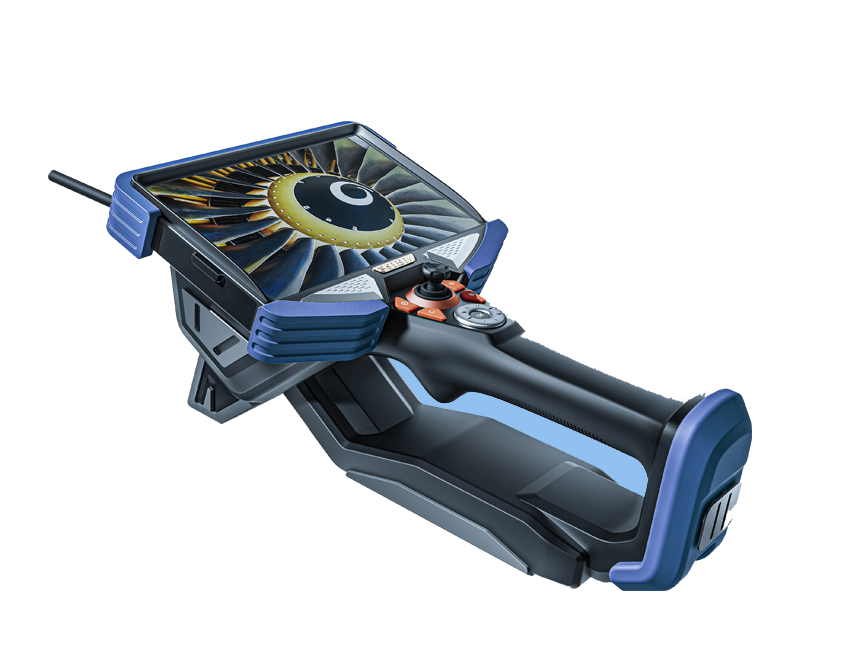Industrial videoscopes are essential tools used in various industries for visual inspection of hard-to-reach areas. To ensure the longevity and optimal performance of videoscopes, proper maintenance and care are crucial. This article provides guidelines for the maintenance and upkeep of industrial videoscopes.
- Cleaning: Regular cleaning is essential to maintain the clarity and functionality of the videoscope. After each use, wipe the insertion tube, camera head, and monitor screen with a soft, lint-free cloth to remove any dirt or debris. Use a mild cleaning solution or lens cleaning wipes specifically designed for optical surfaces. Avoid using harsh chemicals or abrasive materials that can damage the videoscope components.
- Inspection of Insertion Tube: Inspect the insertion tube carefully for any signs of damage, such as kinks, scheuren, or sharp bends. If any abnormalities are found, contact the manufacturer or authorized service center for inspection and repair. Proper handling and storage of the insertion tube can help prevent damage and ensure smooth operation.
- Battery Maintenance: If your videoscope is battery-powered, proper battery maintenance is essential. Follow the manufacturer’s instructions for charging and storing the batteries. Avoid overcharging or completely draining the batteries, as this can affect their performance and lifespan. Regularly check the battery contacts for cleanliness and ensure proper connection.
- Calibration and Testing: Periodically calibrate and test the videoscope to ensure accurate image and measurement readings. Some videoscopes have built-in calibration functions, while others may require professional calibration services. Follow the manufacturer’s guidelines for calibration procedures and recommended frequency.
- Storage: Proper storage of the videoscope is important to protect it from damage and maintain its performance. Store the videoscope in a clean, dry, and dust-free environment. Use the provided storage case or a dedicated storage container to protect the videoscope from impacts and external elements. Avoid exposing the videoscope to extreme temperatures or humidity.
- Regular Maintenance Checks: Schedule regular maintenance checks for your videoscope. This can include inspections by qualified technicians to ensure all components are functioning properly, including the camera, light source, articulation mechanism (if applicable), and controls. Address any issues promptly to prevent further damage or deterioration.
- Training and User Guidelines: Ensure that operators are properly trained in the correct usage, handling, and maintenance procedures for the videoscope. Adhere to the manufacturer’s guidelines and recommendations for the specific model of videoscope. Proper training and adherence to guidelines can minimize the risk of damage and ensure safe and effective operation.
Conclusie: Proper maintenance and care of industrial videoscopes are essential to prolong their lifespan and maintain their performance. Regular cleaning, inspection of components, battery maintenance, calibration, proper storage, and scheduled maintenance checks are vital for optimal functionality and reliability. By following these guidelines and manufacturer recommendations, users can maximize the longevity and effectiveness of their industrial videoscopes, leading to efficient inspections and reliable results.


